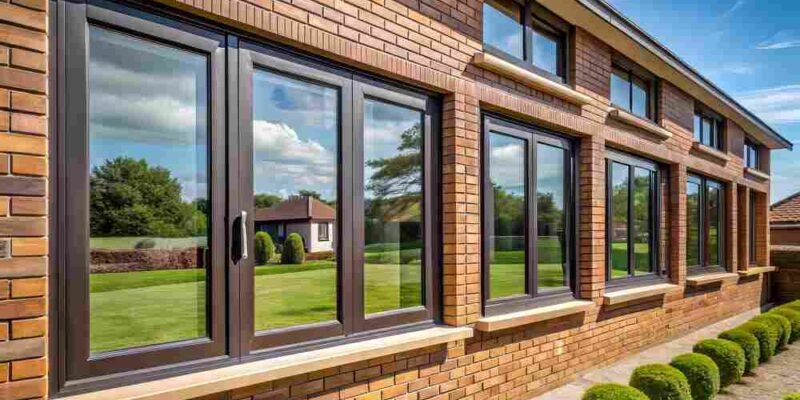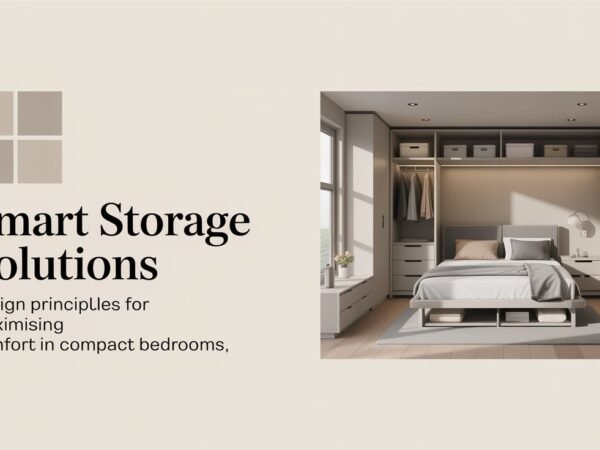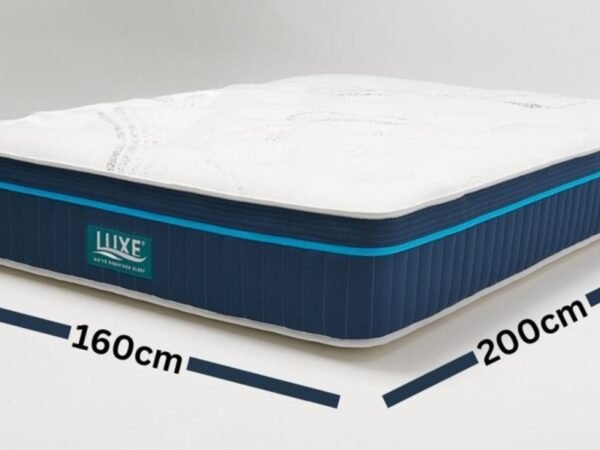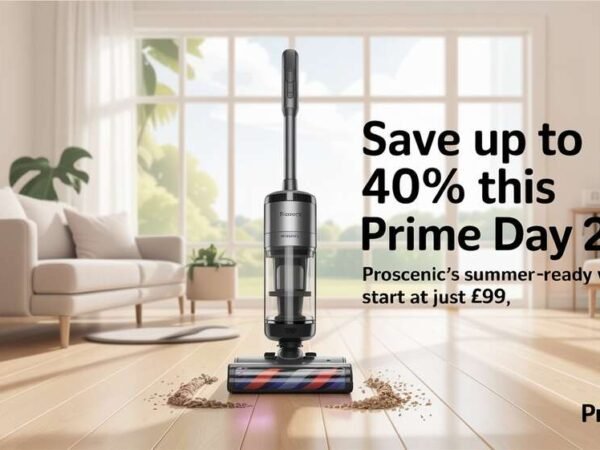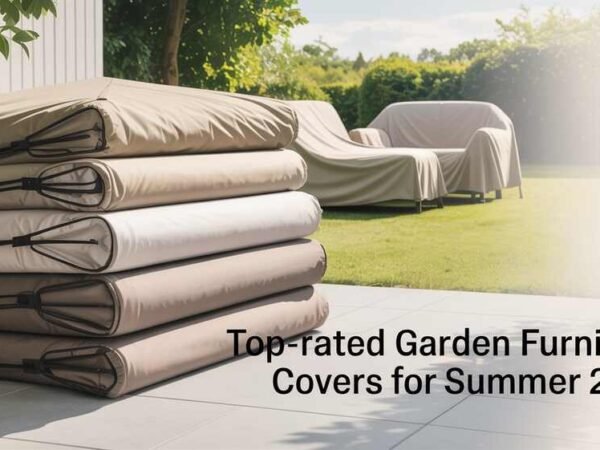Casement windows are one of the most popular and versatile window styles in the UK, renowned for their practicality, energy efficiency, and ability to suit a wide range of property types. They are hinged at the side and open outwards, usually operated by a crank or handle. This design provides excellent ventilation, unobstructed views, and a clean, modern appearance, making it a favourite choice for both new builds and home renovations.
What sets casement windows apart is their adaptability. Whether you live in a contemporary urban flat, a Victorian terrace, or a rural cottage, there is likely a casement style to complement your property’s architecture. They are also available in various materials, including uPVC, aluminum, and timber, each offering its benefits in terms of insulation, aesthetics, and durability.
When considering casement windows for your home, it is essential to understand the different types available. Each variation has distinct features that influence how the window opens, its appearance, and the benefits it brings to your living space.
Side-Hung Casement Windows
The side-hung casement is the most recognisable type, with hinges fixed vertically to the frame so the window swings outwards like a door. This style is popular for its simplicity and efficiency, as it allows maximum airflow into the room and provides an unobstructed glass area for natural light.
Side-hung casements are especially effective in areas where ventilation is a priority. They can be angled to catch side breezes, making them particularly useful for homes that receive limited direct wind. They are also easy to operate and maintain, with accessible hinges and straightforward cleaning, especially when fitted with modern easy-clean hinge technology.
These windows work equally well as standalone units or in combination with fixed panes to create a larger window arrangement. In period properties, side-hung casements can be designed with traditional glazing bars to match the home’s historic style, while modern versions often feature slim frames for a minimalist look.
Top-Hung Casement Windows
Top-hung casement windows are hinged at the top and open outwards from the bottom. They are often referred to as awning windows, as the open sash creates a sloping effect that resembles an awning, helping to shield the interior from rain while still allowing airflow.
This type is beneficial in the UK climate, where unpredictable weather can make it challenging to keep windows open for long periods. A top-hung casement allows for ventilation even during light rain, making it ideal for kitchens, bathrooms, or utility rooms where moisture control is essential.
In addition to their weather-friendly design, top-hung casements are often used in combination with other window styles, such as those with a fixed pane below, to add ventilation without compromising the main view. Their smaller opening angle also makes them a good choice for higher floors or areas where safety is a concern.
Bottom-Hung Casement Windows
Bottom-hung casement windows, also known as hopper windows, are hinged at the bottom and open inward from the top. They are less common in UK homes but are valued for specific purposes, such as basement rooms, garages, or small utility spaces where outward opening is impractical.
The inward-tilting design helps prevent debris, leaves, or rainwater from entering, while still providing ventilation. These windows are often used in commercial or industrial settings but can also be incorporated into residential designs where practicality outweighs aesthetics.
One of the advantages of a bottom-hung casement is its suitability for rooms with limited external space, such as those facing directly onto a pathway or fence. The inward opening also makes them easy to clean from the inside, which is helpful for hard-to-reach locations.
Flush Casement Windows
Flush casement windows are designed so that the sash sits flush with the outer frame when closed, creating a smooth, flat surface. This style is often chosen for its traditional appearance, making it a popular option for heritage properties or homes in conservation areas.
The design mimics the look of timber windows found in period homes. Still, it is now available in modern materials, such as uPVC and aluminium, offering the classic charm without the high maintenance. Flush casements can be side-hung, top-hung, or a combination of both, and they often feature authentic details such as mechanical joints and wood-grain finishes.
In addition to their aesthetic appeal, flush casement windows provide excellent insulation, with modern versions offering high energy ratings. This makes them a practical choice for homeowners who want to combine timeless style with modern performance.
Stormproof Casement Windows
Stormproof casement windows, also known as lipped casements, are designed with the sash overlapping the frame to provide additional protection against the elements. This design creates a slightly protruding profile, which helps prevent water ingress and improves weather resistance.
They are a popular choice in exposed locations, such as coastal areas or open countryside, where wind and rain are more severe. The robust design not only enhances durability but also improves thermal and acoustic insulation, making the home more comfortable year-round.
While they have a slightly different appearance to flush casements, stormproof windows can still be made to suit both modern and traditional properties. They are available in a variety of finishes, including coloured uPVC and powder-coated aluminium, to match the exterior style of the home.
Single Casement Windows
A single casement window features a single sash that opens, typically side-hung, although top-hung variations are also available. This style is often used in smaller window openings, such as in bathrooms, hallways, or as part of a larger arrangement with fixed panes.
Single casements are straightforward, cost-effective, and easy to maintain, making them an ideal choice for functional spaces. They provide all the benefits of casement windows, including good ventilation and natural light, without the complexity or expense of larger multi-pane designs.
They are also a good option for energy efficiency, as fewer moving parts mean fewer potential gaps for air leakage, especially when fitted with high-quality seals and glazing.
Double Casement Windows
Double casement windows, sometimes referred to as French casement windows, feature two sashes that open outward from the center without a central mullion. When both sashes are open, they create a wide, uninterrupted opening that is perfect for maximising ventilation and making a connection between indoor and outdoor spaces.
This style is particularly popular for living rooms, dining rooms, or any space where you want to maximize a garden view. The absence of a fixed central bar also makes them easier to use as an emergency escape route, which can be an essential safety consideration in certain rooms.
French casements are available in various materials and finishes, allowing homeowners to match them to the property’s style while enjoying the practicality and elegance they offer.
Fixed Casement Windows
Fixed casement windows are non-opening and are often used in conjunction with operable casements to create a larger window arrangement. They provide an uninterrupted view and allow maximum natural light into the room while maintaining the overall look of a casement window.
Because they have no moving parts, fixed casements are highly energy efficient, with excellent sealing and insulation properties. They are ideal for areas where ventilation is not a priority but where you still want to maintain a consistent window design throughout the property.
They are also commonly used for feature windows, such as in stairwells or above entryways, where the focus is on light and aesthetics rather than airflow.
Choosing the Right Casement Window Type
When selecting the right casement window type for your home, it is essential to consider both function and style. The choice will depend on factors such as the window’s location, direction, ventilation requirements, and the overall design of your property.
- A top-hung casement might be the perfect choice for a bathroom where privacy and rain protection are priorities.
- A double casement could be ideal for a living space with a garden view.
- Flush casements are the most suitable for a period home.
- Stormproof casements are beneficial for a property in an exposed location.
The material you choose will also play a significant role. uPVC offers excellent thermal efficiency and low maintenance, aluminium provides a sleek, modern look with slim frames, and timber delivers natural beauty and authenticity, especially for traditional properties.
The Importance of Professional Installation
Regardless of the type of casement window you choose, professional installation is crucial for ensuring they perform as expected. A poorly fitted window can compromise energy efficiency, allow drafts and moisture to enter, and even reduce the product’s lifespan.
Experienced installers will ensure the frames are level, the seals are tight, and the operation of the opening sashes is smooth and seamless. They will also be able to advise on the best glazing options, locking mechanisms, and finishes to suit your needs.
Professional fitting is also essential for maintaining manufacturer warranties, which can be voided if the installation is not carried out to the correct standards.
Maintaining Casement Windows
To maximise the lifespan and performance of casement windows, regular maintenance is essential. This includes cleaning the glass, wiping down frames, lubricating hinges and handles, and checking seals for signs of wear.
uPVC and aluminium frames require minimal upkeep beyond occasional cleaning, while timber frames may need periodic painting or staining to protect them from the elements. Hinges and mechanical parts should be inspected periodically to ensure they remain in good working order.
Well-maintained casement windows can last for decades, providing excellent value for money and continued performance in terms of energy efficiency and security.
Do Read: Smart Storage Solutions: Design Principles for Maximising Comfort in Compact Bedrooms


